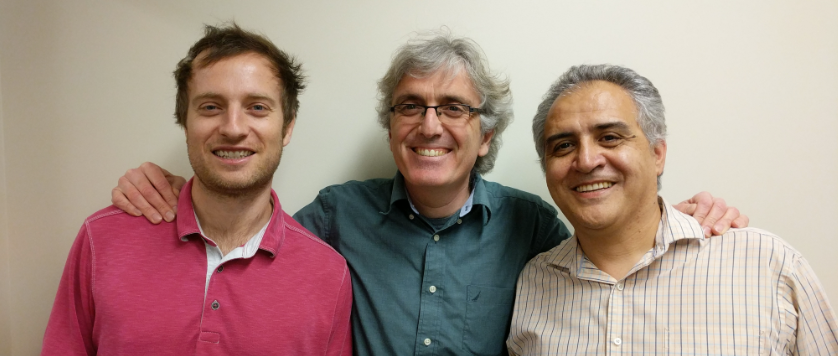A consortium consisting of UC Riverside, UCLA, UC San Diego and UC Santa Barbara, together with Los Alamos National Laboratory, was awarded $3.6 million for a three-year project, “Securing smart campuses: a holistic multi-layer approach,” through the 2018 UC Laboratory Fees Research Program.
The project will build security and privacy for “smart campuses” that present a microcosm of smart cities and, more generally, human cyber-physical systems, in which computer, physical, and human aspects are thoroughly integrated.
The collaborative project, co-led by UC Riverside and UCLA, aims to develop a holistic framework to enhance the security, privacy, and safety of campus operation, building on the team’s expertise in cyber-physical systems security, information and wireless security, software and hardware security, and privacy-preserving machine learning.
School campuses, businesses, as well as academic and private labs increasingly integrate sensing, computation, and communication in their physical environment to control their operation and more efficiently serve their communities.
Campuses already have multiple interacting layers and systems including human mobility and crowdsourcing; infrastructure such as heating, ventilation and air conditioning, or HVAC; transportation; medical and emergency services; computing and communication infrastructure; and monitoring infrastructure such as cameras. Integration of these systems has many benefits such as saving energy, reducing operating costs, and more comfortably accommodating a growing student population.
But smart campuses are also uniquely vulnerable. A malfunction or attack on the HVAC system alone can have severe consequences for patient care at campus hospitals, for experiments at research facilities, and sporting events.
In one real-life example cited by the researchers, hackers used a cell phone and laptop to remotely take control of a car. The results ranged from inconsequential — choice of radio station — to potentially fatal— disabling the transmission in the middle of a freeway. The hackers had the ability to control nearly half a million cars this way.
As cyber-physical systems become both larger and more complex and come to incorporate entire cities, attackers could cause a full-scale disaster simply by manipulating one aspect of the system.
The UC and Los Alamos researchers will identify new avenues of attack that span physical and cyber components and create a formal security framework. They will design new software and hardware security mechanisms for devices used for sensing, networking, and actuation, and develop a secure and private communication framework for the various components of a cyber-physical system. Finally, they will use machine-learning algorithms to treat malicious attacks as network errors to be detected and corrected. Security features will be tested by running simulations on a model cyber-physical system to identify benefits, negative effects in case of errors, vulnerabilities, and defenses.
“When the new technologies are ready to implement, they will improve campus security in many ways,” said Michalis Faloutsos, a professor of computer science and engineering at UCR’s Marlan and Rosemary Bourns College of Engineering, who is working on the project. “Not only against cyberattacks, but also violence, such as school shooters, and improve emergency response. The powerful security systems our University of California and Los Alamos group develops could be adapted for wider use in smart cities of the very near future.”
In addition to Faloutsos, Silas Richelson and Nael Abu-Ghazaleh, also UCR professors of computer science and engineering, are working on the project.
This article originally appeared in UCR Today, May 9, 2018 and is re-posted with permission in the UC IT Blog.

